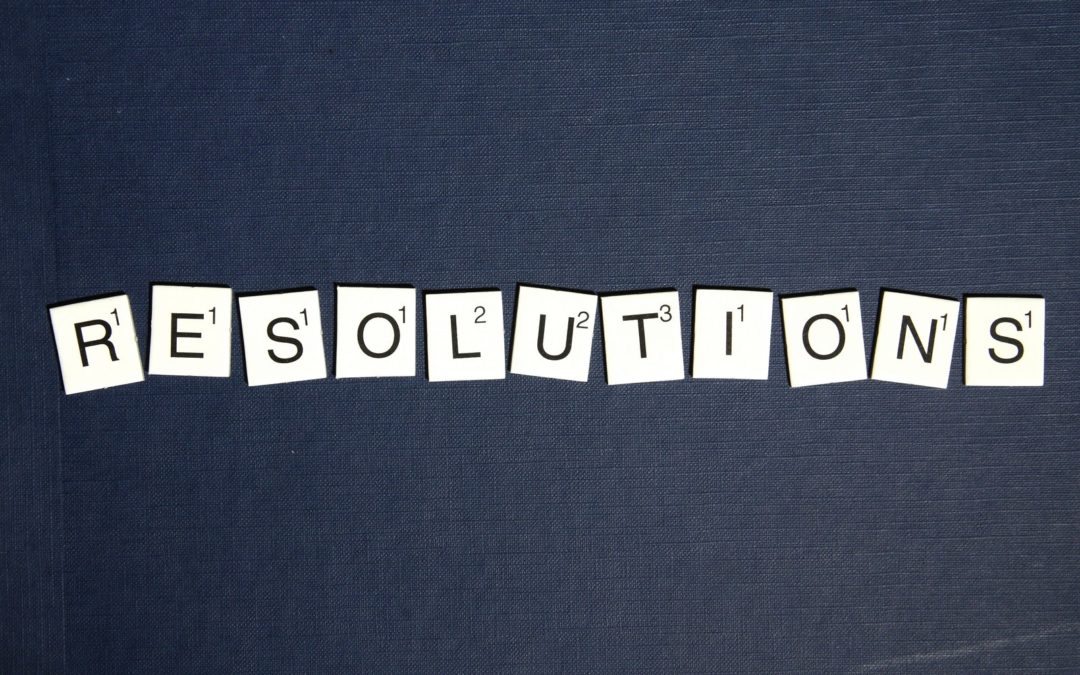It is time to reflect on our New Years resolutions
As January comes to a close, it is an important time to reflect on the resolutions many of us set earlier in the month to evaluate how well we have done in achieving these resolutions. Or for those of us who didn’t set resolutions, it is never too late to set intentions for ourselves. Setting a resolution has been challenging for me as there are many things I hope to accomplish in 2021. Among the things I hope to accomplish, my primary focus and concern surround the ways in which I can help support the community of San Diego and the planet towards a greener future. Tackling the problem of climate change feels like an overwhelming and unachievable goal for me as a 20-year-old college student, and many times I find myself feeling overwhelmed with all the things I could be doing better to help our planet.
New York Times journalists Claire O’Neill and John Schwartz recently published a helpful article compiling a list of their readers’ New Year’s resolutions. This list serves as an inspiration of resolutions individuals can set that center around helping the planet.
Some inspiration as to how one can set resolutions for the planet
The five suggestions the New York Times provided were to: “Get involved in your community, travel differently (or just less), electrify, put your money where your mouth is, [and do] little things at home” (O’Neill and Schwartz). The New York Times gave examples of ways to do each of these five suggestions.
Community Involvement can take many different Forms
Getting involved in one’s community has taken an unusual shape this year, and as the pandemic continues into 2021, community involvement requires creative solutions that allow us to give back and stay proactive within our community whilst following pandemic guidelines. Some suggestions from NY Times readers were to: write legislators, pursue careers in sustainability, spread awareness, educate, and advocate for the planet. Joining or donating to local nonprofits such as the Center for Community Energy is a great way to support the San Diego community towards a greener 2021 and future.
Making sustainable transportation decisions will minimize our pollution
Traveling took a very different image last year as many of us stayed sheltered in place for the majority of 2020. This decrease in travel resulted in fewer emissions from planes, boats, cars, and other polluting vehicles that many of us use to travel. A way for us all to reduce our carbon footprint is to reflect on the amount we travel and the modes of transportation we use to travel. Traveling less and choosing greener transportation options such as riding bikes or electric cars is a great way for individuals to minimize their carbon footprint.
There are many ways we can electrify our homes
Electrification plays an important role in leading our community towards the goal of decarbonization. At the homeowner level, the New York Times gave suggestions as to how to electrify one’s home through heating with efficient electric pumps, switching to induction cooktops, and driving electric cars. Electrification of one’s home is a great first step towards reducing your carbon footprint, but it is also important to be educated on where you are getting your home energy from, and whether the grid is supplying energy with sustainable sources or not. Having your own energy source through solar panels or other renewable sources is a great way to ensure that you are using green energy, but this is not an accessible option for many, which is why we must advocate for renewable grid energy sources. The Center for Community Energy is hosting a V2G webinar on February 12th which is a great opportunity to learn more about how electric cars can be used to give power back to the grid at night and function as a potential solution to the duck curve.
Withdraw Investments in fossil fuels and reinvest into sustainable sectors
The New York Times also emphasized the importance of putting “your money where your mouth is” byinvesting in companies that emphasize sustainability and shopping from stores with environmental values. The article calls us to reflect on our spending to make sure we “don’t reward companies that contribute to global warming” (O’Neill and Schwartz).
Individual choices can have large impacts, create sustainable consumption habits in 2021
The last recommendation the New York Times gave was to do “little things at home”. Easy ways to make small changes at home can be done by minimizing one’s red meat consumption, finding ways to reuse materials, and sustainably get rid of products through compost, recycling, or donation. In short, being a conscious consumer and critically thinking about how one’s actions affect the planet is an important first step towards leading a more sustainable life.

